Gout-Friendly Food Checker
Low-Purine Foods (Safe)
High-Purine Foods (Limit)
Living with Gouty Arthritis is a type of inflammatory arthritis caused by high levels of uric acid that crystallize in joints, leading to sudden, painful flares doesn’t mean you have to skip birthday parties, work lunches, or weekend brunches. The key is to plan ahead, choose the right foods, and use simple strategies to keep flare‑ups at bay while still enjoying the social side of life.
Understanding What Triggers a Flare
When uric acid builds up, it forms needle‑like crystals in joints, most often the big toe. This process, known as hyperuricemia (elevated uric acid in the blood), can be set off by a handful of common culprits:
- Consuming foods high in purines (natural compounds that break down into uric acid) such as red meat, organ meats, and certain seafood.
- Drinking alcohol, especially beer and spirits, which both raise uric acid levels and dehydrate the body.
- Skipping meals or fasting, which can temporarily spike uric acid as the body metabolises stored proteins.
- Dehydration - not drinking enough water concentrates uric acid and makes crystal formation more likely.
Knowing these triggers lets you make smarter choices when you’re out and about.
Pre‑Event Planning: Your Secret Weapon
Before you step into a restaurant or accept an invitation, spend a few minutes preparing. A quick plan can shave off stress and keep your gout in check.
- Check the menu online. Most venues post their menus; look for grilled fish, salads, steamed vegetables, and clearly marked “no‑oil” cooking methods.
- Call ahead if you have dietary restrictions. A short chat with the chef can secure a low‑purine option or a modification like “hold the sauce.”
- Hydrate. Aim for at least 500ml of water before you leave home, and bring a refillable bottle to keep sipping.
- Pack a backup snack. A small container of unsalted almonds or a piece of fruit can keep you from grabbing high‑purine appetizers when you’re hungry.
- Know your medication schedule. If you take colchicine (a medication that reduces gout inflammation) or NSAIDs (non‑steroidal anti‑inflammatory drugs that control pain), set a reminder so you don’t miss a dose before the event.
These steps take less than five minutes but dramatically lower the odds of a surprise flare during the celebration.
Smart Menu Choices: What to Order and What to Skip
When you’re seated, the menu can feel like a minefield. Here’s a quick cheat‑sheet to filter options:
- Choose: Grilled chicken breast, turkey, tofu, legumes (in moderation), fresh vegetables, whole‑grain breads, and low‑fat dairy.
- Avoid: Burgers, steaks, lamb, pork ribs, anchovies, sardines, mussels, and anything described as “rich,” “creamy,” or “buttery.”
- Drink wisely: Water, sparkling water with a splash of citrus, or a glass of red wine (keep it under one serving). Skip beer, cocktails with sugary mixers, and large servings of spirits.
For example, at a typical American bistro, a grilled salmon salad (ask for the sauce on the side) is a solid pick. The salmon provides omega‑3s, which have anti‑inflammatory benefits, while the fresh greens keep the purine load low.
Portion Control and Mindful Eating
Even low‑purine foods can cause trouble if you overeat. Gout flares are often linked to sudden spikes in uric acid after a large protein‑heavy meal.
- Apply the “plate method”: Fill half the plate with non‑starchy vegetables, a quarter with a lean protein, and the remaining quarter with whole grains or starchy vegetables.
- Take the first bite slowly, chew thoroughly, and pause before reaching for the next bite. This helps you recognize fullness earlier.
- Limit sauces and gravies. Many are prepared with stock made from meat bones, which adds hidden purines.
By staying aware of portion sizes, you reduce the chance that your meal will trigger a flare later that evening.
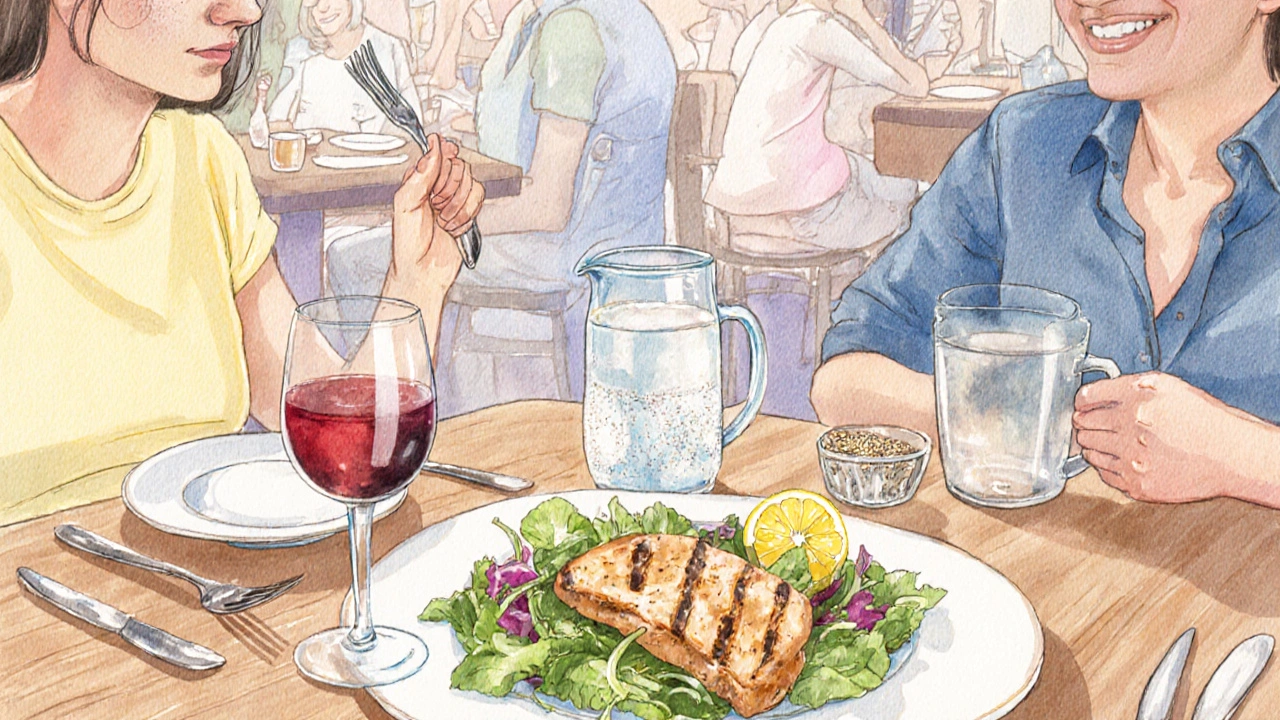
Alcohol Strategies: Enjoying a Drink Without the Pain
Social settings often revolve around a toast. While complete abstinence is the safest route, many people find moderate consumption manageable.
- Pick wine over beer. A 5‑oz glass of dry red or white wine adds less purine than a pint of beer.
- Set a limit: one drink per event, and drink a glass of water between alcoholic beverages.
- Avoid mixed drinks with sugary syrups, which can worsen dehydration.
If you notice even a single drink brings on joint tenderness, it’s a clear sign to skip alcohol altogether at future gatherings.
Quick Relief Tactics If You Feel a Flare Coming On
Sometimes, despite careful planning, a twinge starts during the event. Having a few on‑hand remedies can stop it before it escalates.
- Elevate the affected foot or hand. Prop it up on a cushion to reduce swelling.
- Apply a cold pack for 15 minutes. Many restaurants keep ice buckets that can be repurposed.
- Take your prescribed medication right away. If you carry a small pill organizer, you won’t have to scramble for a pharmacy.
- Drink extra water - aim for another 250ml before you finish your meal.
These steps can often calm the inflammation enough to let you enjoy the rest of the party.
Low‑Purine vs High‑Purine Foods: A Handy Comparison
| Low‑Purine (Safe) | High‑Purine (Limit) |
|---|---|
| Chicken breast, turkey, tofu | Beef, pork, lamb |
| Eggs, low‑fat dairy | Organ meats (liver, kidney) |
| Fresh fruits, most vegetables | Sardines, anchovies, mackerel |
| Whole grains, legumes (in moderation) | Shellfish (shrimp, crab) |
| Water, coffee, tea | Beer, sugary cocktails |
Keep this table handy on your phone. When the menu looks overwhelming, a quick glance can guide you to the safer side.
Building a Supportive Social Circle
Friends and family can be allies in your gout journey. Let them know what helps and what hurts. A simple conversation can lead to actions like:
- Choosing a restaurant with a good selection of low‑purine dishes.
- Planning activity‑focused gatherings (games night, movie marathon) where food is secondary.
- Creating a “gout‑friendly” potluck menu where each guest brings a safe dish.
When people understand your needs, they’re more likely to accommodate, and you’ll feel less isolated.
Long‑Term Lifestyle Tweaks to Reduce Flare Frequency
Short‑term event tactics are great, but pairing them with lasting habits gives the best results.
- Maintain a healthy weight. Excess body fat increases uric acid production and reduces kidney clearance.
- Exercise regularly (low‑impact activities like swimming or walking) to improve metabolism and joint health.
- Monitor your uric acid levels with your doctor every six months. Adjust diet or medication based on the results.
- Limit sugary foods and drinks, as fructose can raise uric acid.
These habits don’t just protect you at parties; they help keep gout under control year‑round.
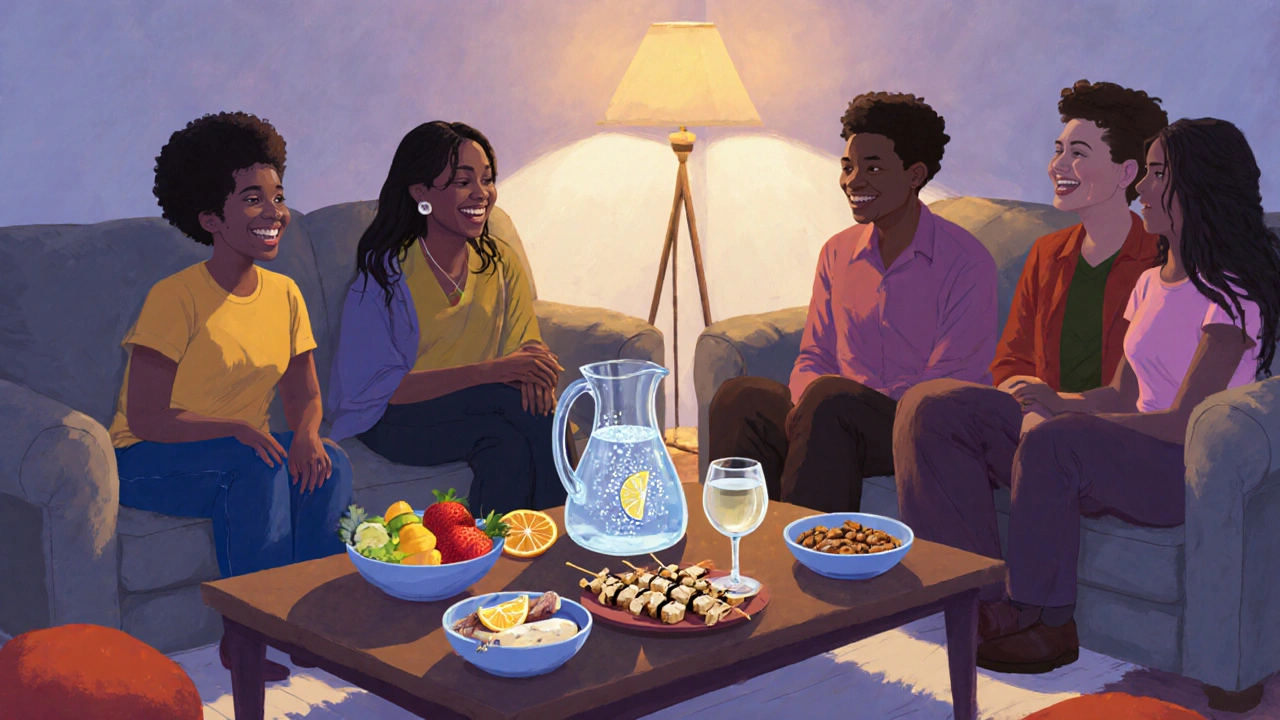
Frequently Asked Questions
Can I eat steak at a dinner party if I have gout?
Steak is high in purines and can trigger a flare. If you must, keep the portion tiny (about 2‑3 ounces) and balance it with plenty of vegetables and water. Ideally, choose a lean protein like chicken or fish instead.
Is it safe to drink wine with gout?
A moderate amount of dry wine (one glass) is generally safer than beer or cocktails, but you should stay hydrated and watch how your body reacts. If any discomfort appears, switch to water.
What quick snack can I bring to a buffet?
Unsalted almonds, a small apple, or a cheese stick are low‑purine, easy to carry, and keep you from grabbing high‑purine appetizers.
How often should I check my uric acid level?
Most doctors recommend testing every six months, or more often if you’ve had recent flares or changed your medication.
Can I still enjoy holiday parties?
Absolutely. Plan ahead, choose low‑purine dishes, stay hydrated, and keep your medication handy. A little forethought lets you celebrate without sacrificing comfort.
By combining these practical tips with a proactive mindset, you can keep gouty arthritis under control while still joining the fun. Remember: preparation, smart choices, and a supportive circle are your best allies for a social life that doesn’t revolve around pain.

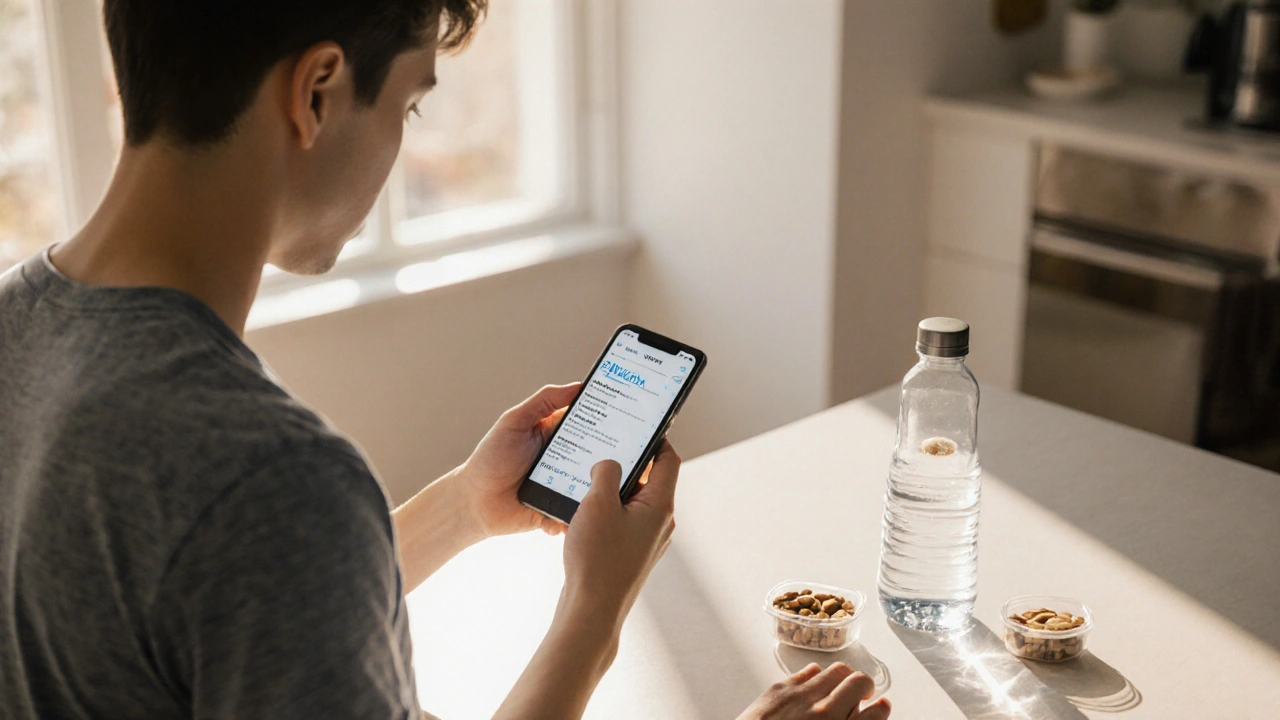

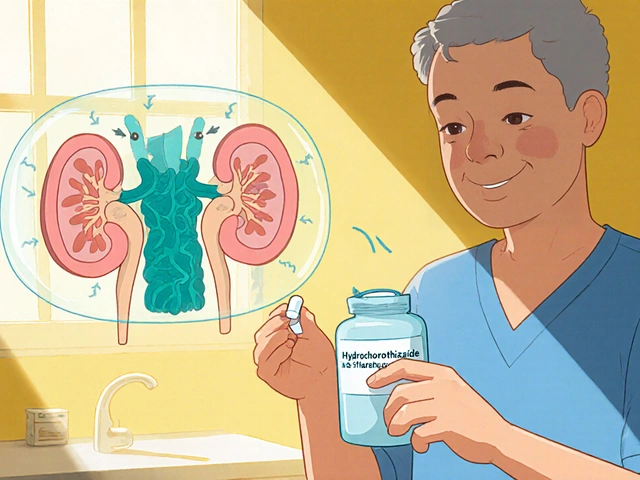
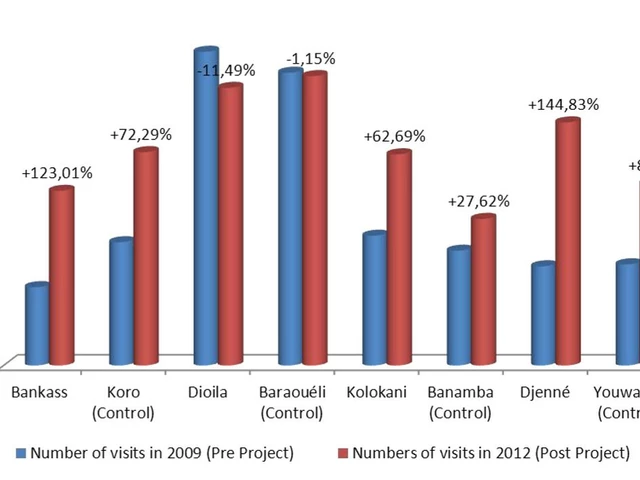

7 Comments
Managing gout while socializing requires a proactive approach. Begin by reviewing the restaurant’s menu online to identify low‑purine options before you arrive. Hydration is equally important; drinking a glass of water prior to the meal can dilute uric acid concentrations. Keep your prescribed medication on hand, especially if you anticipate a lengthy event. By integrating these steps you reduce the likelihood of an unexpected flare.
Wow, another endless food list, just what I needed 😂
Hey there, thanks for pulling together such a practical guide-it really demystifies the whole dining‑out dilemma. I love the tip about calling the chef ahead; it shows you can still enjoy a night out without compromising health. Remember to share these pointers with friends who might be in the same boat; community knowledge is power. Keep the inclusive spirit alive!
Honestly, this article feels like a recycled pamphlet from a generic health website. The advice about water intake is obvious and anyone with a smartphone could find it in seconds. Moreover, the “quick relief tactics” are barely more than common sense and lack any nuanced medical insight. It would have been better to cite recent studies on uric acid metabolism instead of vague recommendations.
So you gotta plan every single bite like you’re defusing a bomb, huh? Guess spontaneity is out the window for gout‑warriors. Maybe next time just order the chicken and call it a day-no need for a PhD in nutrition.
From a pathophysiological standpoint, the delineation between purine‑rich alimentary sources and low‑purine alternatives is rudimentarily articulated, yet the discourse fails to integrate a comprehensive metabolic flux analysis. One might argue that the omission of renal clearance kinetics renders the protocol somewhat myopic. Nevertheless, the recommendation to prioritize aquaculture derivatives aligns with contemporary evidence. It is, however, perplexing that the author neglects to address the impact of fructose‑laden beverages on uric acid synthesis, a glaring oversight in an otherwise satisfactory compendium.
While the precautionary steps outlined are undeniably prudent, one could contend that the emphasis on abstaining from all forms of alcohol may be overly restrictive for moderate consumers. A measured intake of low‑purine beverages could be compatible with a balanced regimen, provided renal function is regularly monitored. Nonetheless, the insistence on pre‑event hydration is universally sound. It is essential, however, to weigh individual tolerance levels against generalized guidelines.